Recently, I have been working on helping OpenAPS’ers collect our data and put it to good use in research (both by traditional researchers as well as using it to enable other fellow patient researchers or “citizen scientists). As a result, I have had the opportunity to work closely with Madeleine Ball at Open Humans. (Open Humans is the platform we use for the OpenAPS Data Commons.)
It’s been awesome to collaborate with Madeleine on many fronts. She’s proven herself really willing to listen to ideas and suggestions for things to change, to make it easier for both individuals to donate their data to research and for researchers who want to use the platform. And, despite me not having the same level of technical skills, she emits a deep respect for people of all experiences and perspectives. She’s also in general a really great person.
As someone who is (perhaps uniquely) utilizing the platform as both a data donor and as a data researcher, it has been fantastic to be able to work through the process of data donation, project creation, and project utilization from both perspectives. And, it’s been great to contribute ideas and make tools (like some of my scripts to download and unpack Open Humans data) that can then be used by other researchers on Open Humans.
Madeleine was also selected this year to be a Shuttleworth Fellow, applying “open” principles to change how we share and study human health data, plus exploring new, participant-centered approaches for health data sharing, research, and citizen science. Which means that everything she’s doing is in almost perfect sync with what we are doing in the OpenAPS and #WeAreNotWaiting communities.
What I didn’t know until this past week was that it also meant (as a Shuttleworth Fellow) that she was able to make nominations of individuals for a Shuttleworth Flash Grant, which is a grant made to a collection of social change agents, no strings attached, in support of their work.
I was astonished to receive an email from the Shuttleworth Foundation saying that I had been nominated by Madeleine for a $5,000 Flash Grant, which goes to individuals they would like to support/reward/encourage in their work for social good.

I am so blown away by the Flash Grant itself – and the signal that this grant provides. This is the first (of hopefully many) organizations to recognize the importance of supporting independent patient researchers who are not affiliated with an institution, but rather with an online community. It’s incredibly meaningful for this research and work, which is centered around real needs of patients in the real world, to be funded, even to a small degree.
Many non-traditional researchers like me are unaffiliated with a traditional institution or organization. This means we do the research in our own time, funded solely by our own energy (and in some case resources). Time in of itself is a valuable contribution to research (think of the opportunity costs). However, it is also costly to distribute and disseminate ideas learned from patient-driven research to more traditional researchers. Even ignoring travel costs, most scientific conferences do not have a patient research access program, which means patients in some cases are asked to pay $400 (or more) per person for a single day pass to stand beside their poster if it is accepted for presentation at a conference. In some cases, patients have personal resources and determination and are willing to pay that cost. But not every patient is able to do that. (And to do it year over year as they continue to do new ground-breaking research each year – that adds up, too, especially when you factor in travel, lodging, and the opportunity cost of being away from a day job.)
So what will I use the Flash Grant for? Here’s so far what I’ve decided to put it toward:
#1 – I plan to use it to fund my & Scott’s travel costs this year to ADA’s Scientific Sessions, where our poster on Autotune & data from the #WeAreNotWaiting community will be presented. (I’m still hoping to convince ADA to create a patient researcher program vs. treating us like an individual walking in off the street; but if they again do not choose to do so, it will take $800 for Scott and I to stand with the poster during the poster session). Being at Scientific Sessions is incredibly valuable as researchers and developers, because we can have real-time conversations with traditional researchers who have not yet been introduced to some of our tools or the data collected and donated by the community. It’s one of the most valuable places for us to be in person in terms of facilitating new research partnerships, in addition to renewing and establishing relationships with device manufacturers who could (because our stuff is all open source MIT licensed) utilize our code and tools in commercial devices to more broadly reach people with diabetes.
#2 – Hardware parts. In order to best support the OpenAPS community, Scott and I have also been supporting and contributing to the development of open source hardware like the Explorer Board. Keeping in mind that each version of the board produced needs to be tested to see if the instructions related to OpenAPS need to change, we have been buying every iteration of Explorer Board so we can ensure compatibility and ease of use, which adds up. Having some of this grant funding go toward hardware supplies to support a multitude of setup options is nice!
—
There are so many individuals who have contributed in various ways to OpenAPS and WeAreNotWaiting and the patient-driven research movements. I’m incredibly encouraged, with a new spurt of energy and motivation, after receiving this Flash Grant to continue to further build upon everyone’s work and to do as much as possible to support every person in our collective communities. Thank you again to Madeleine for the nomination, and to the Shuttleworth Foundation for the Flash Grant, for the financial and emotional support for our community!
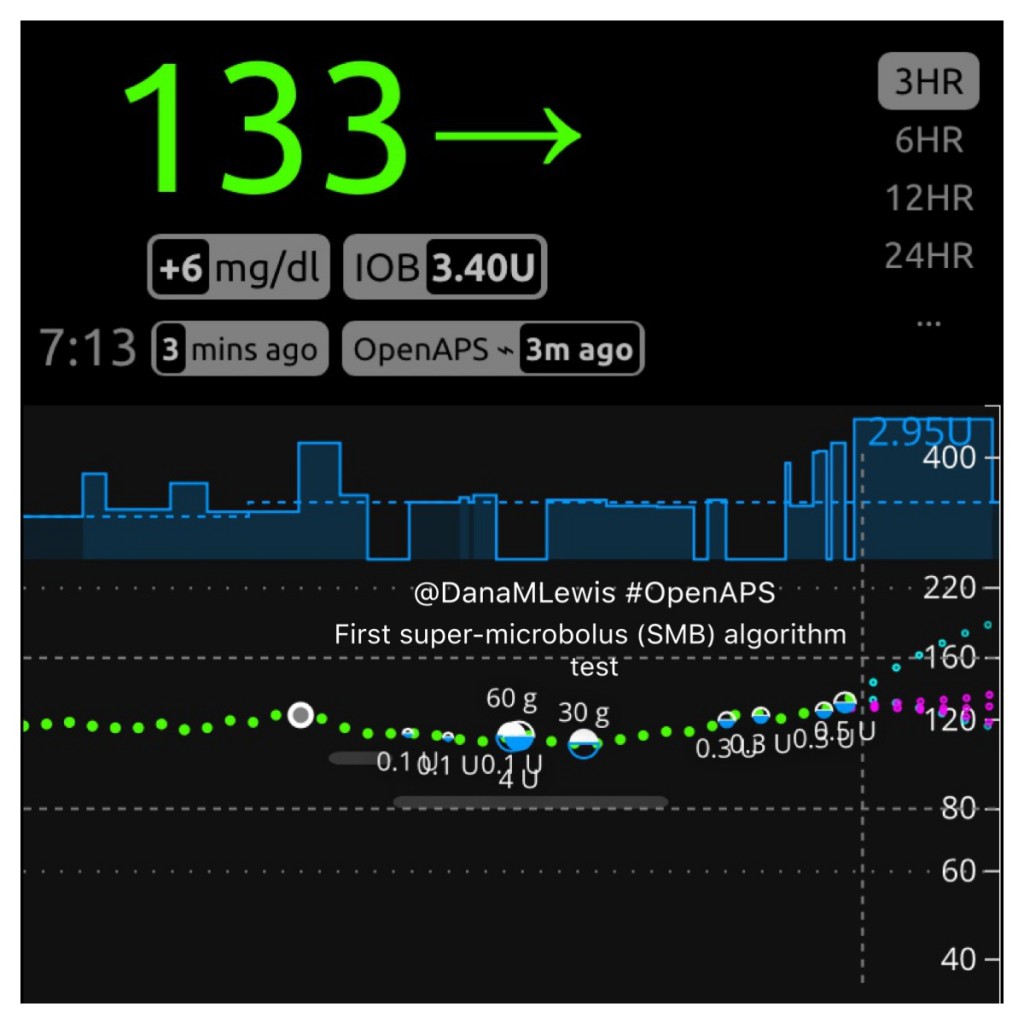


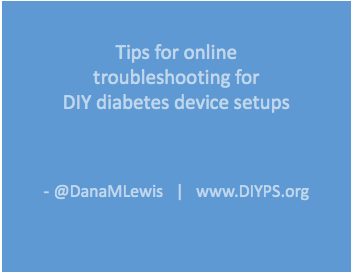
 . Saying “I am doing a thing, and it stopped working/doesn’t work” requires someone to play the game of 20 questions to draw out the above level of detail, before they can even start to answer your question of what to do next.
. Saying “I am doing a thing, and it stopped working/doesn’t work” requires someone to play the game of 20 questions to draw out the above level of detail, before they can even start to answer your question of what to do next.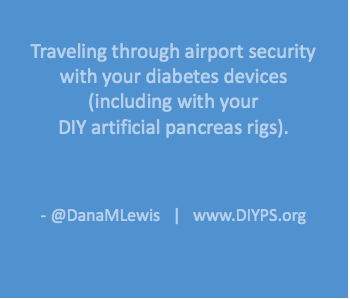
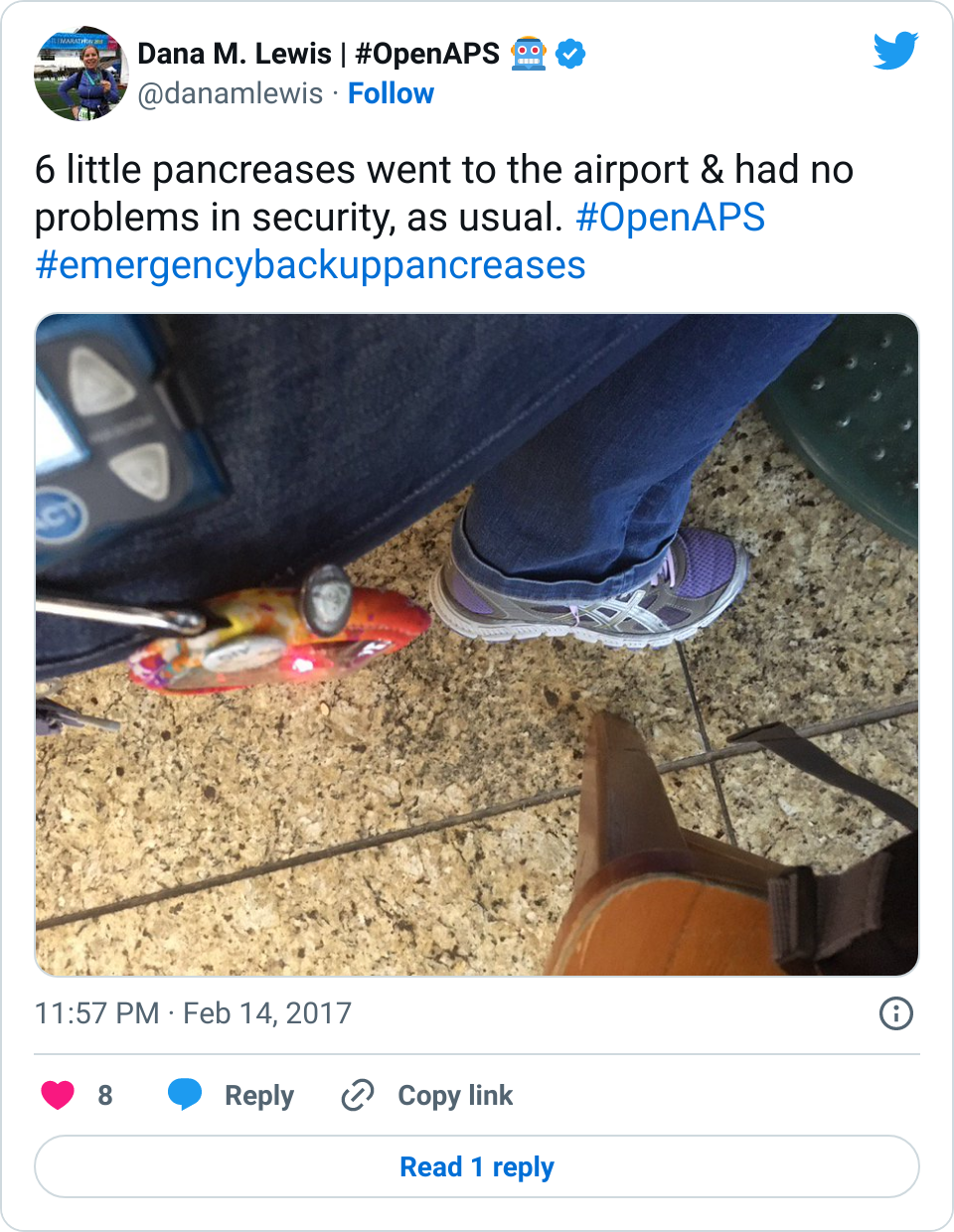
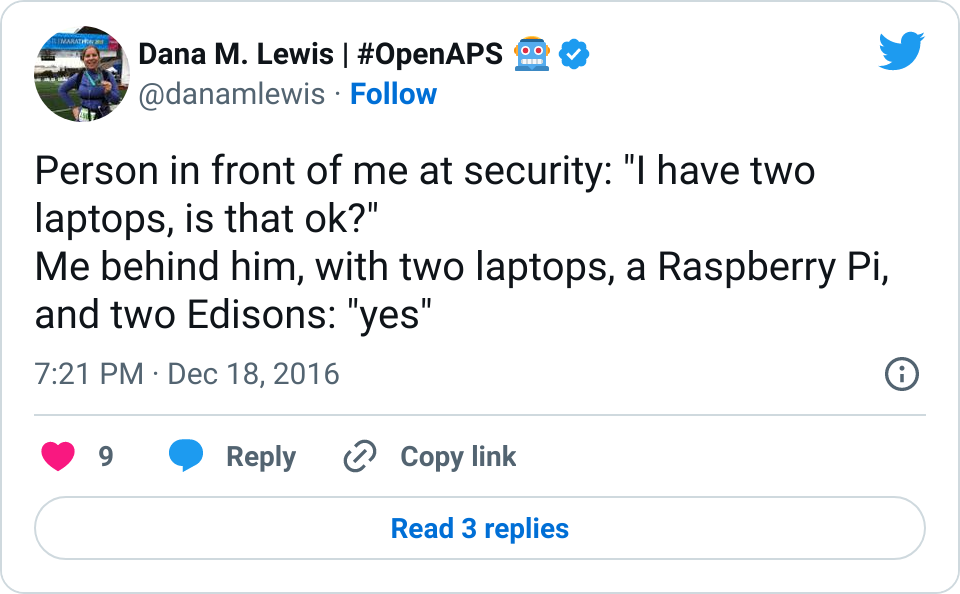




Recent Comments